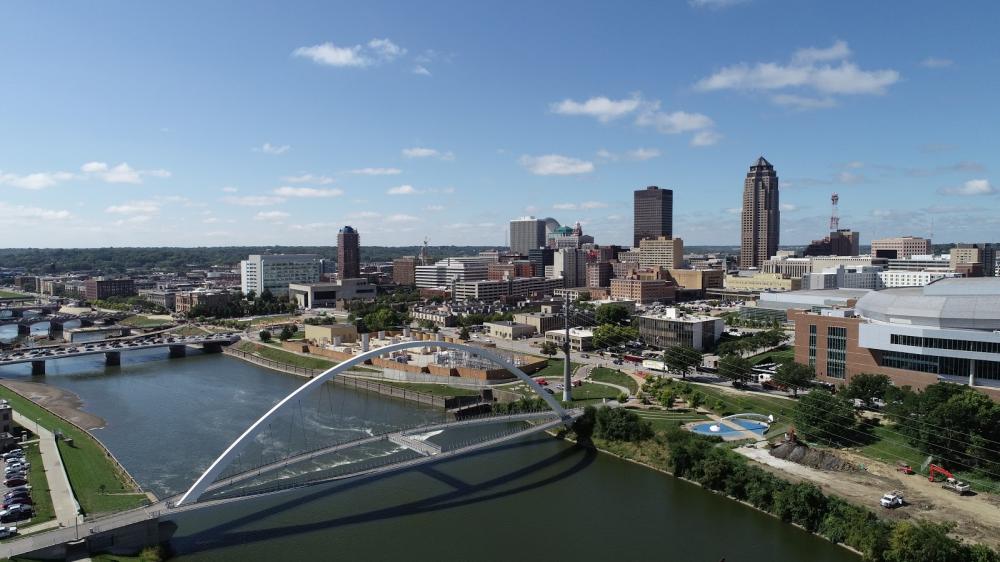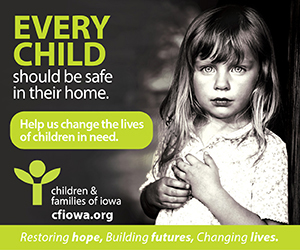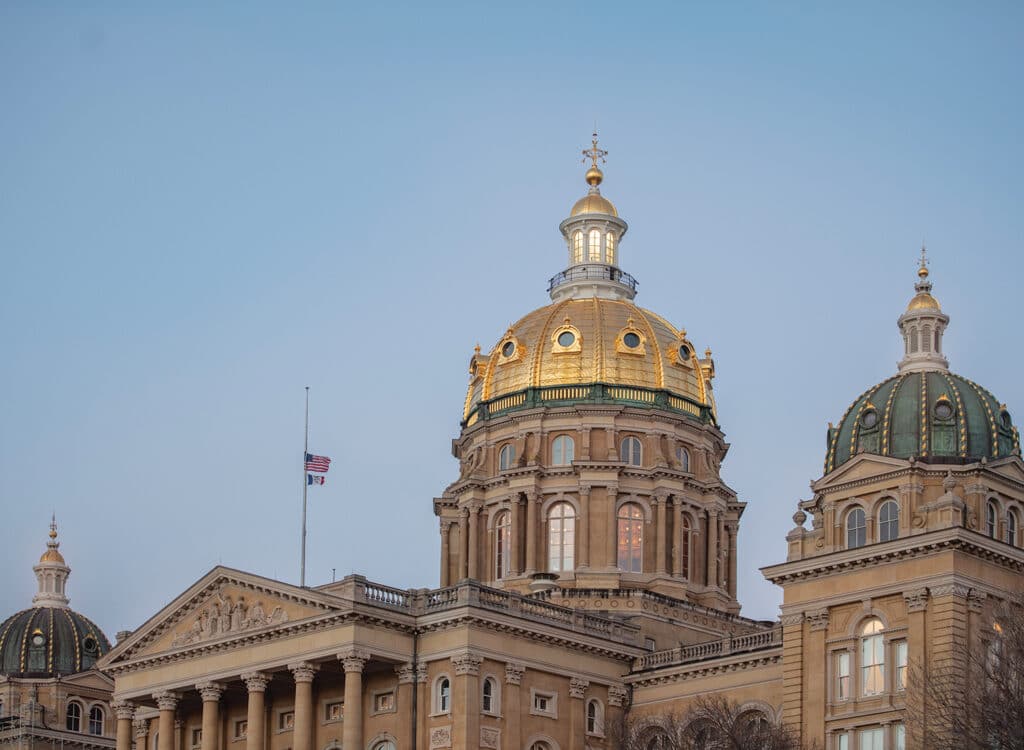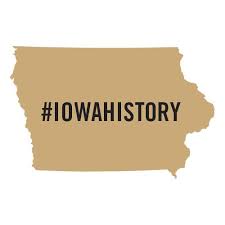Central Iowa Water Trails: From a plan to reality

MICHAEL CRUMB Jan 4, 2021 | 5:38 pm
4 min read time
975 wordsAll Latest News, Economic Development, EnergyThe Central Iowa Water Trails project has quickly gone from a vision to reality over the past year with more elements expected to be completed in 2021. File photo by Duane Tinkey
The Central Iowa Water Trails project in 2020 went from “this would be great if it happened, to this is happening.”
“So I think in 2021 we’re going to see more of that come online, more of the actual bones of this long-term, multigenerational project be built, and turning from sort of this startup to a longtime fixture within the community,” said Hannah Inman, CEO of the Great Outdoors Foundation, one of the founding partner organizations behind the initiative to increase access and engagement with the region’s waterways. The other partners are the Greater Des Moines Partnership, Catch Des Moines, Capital Crossroads, the Community Foundation of Greater Des Moines and the Des Moines Area Metropolitan Planning Organization.
Although some improvements were made to the Des Moines riverfront following years of flooding, they were focused on downtown Des Moines. A missing component of that was “was really activating the rivers downtown and putting energy down there,” Inman said.
The project, which spans 150 miles of waterways and 86 access points involving 17 different jurisdictions, was inspired in part by what was happening in other communities across the country, such as Columbus, Ga., and in communities here in Iowa, like Charles City and Manchester.
“We saw what they were doing … and it seemed like a natural progression for us to do the same,” Inman said.
The goal was to offer first-class quality of life for residents, attract visitors and revitalize the riverfronts.
There were studies, one from the Des Moines Area MPO, the other from Capital Crossroads, both of which called out activating the waterways as a primary goal to increase the quality of life in Central Iowa.
“We saw what the bike trails had done with Central Iowa, and if we could do this holistic plan from the beginning, think how transformational that would be for our community,” Inman said.
A funding study was done about 18 months ago to determine what would be feasible to raise publicly and privately for the $117.5 million project.
So far, more than $17 million has been raised privately. Another $25 million was received through a federal transportation Build Grant. Then there’s been various other public-private grants, Inman said.
The Water Trails LLC board was created, made up of about 10 committees, ranging from operations and maintenance, state and private funding, and environmental conservation. Work is also underway to develop a governance structure that will allow the 17 jurisdictions to work together as a region. Inman said that should take shape by the end of 2021. There are also efforts to build a brand for the project, Inman said.
“So it’s been a long, really quick ride to get something this large up and going,” she said.
In 2020, four individual projects went online, including the boathouse in West Des Moines and a water access point at Raccoon River Park. An access point opened along Beaver Creek in Johnston, Polk County finished a project at Molly’s Park, and Van Meter also finished the first phase of one of its projects, Inman said.
She said she expects more projects in Des Moines to come online in 2021, including Prospect Park, Birdland Marina, Scott Avenue and Harriet Street, all funded through the Build Grant.
Johnston is expected to bring another project online, and other communities, including Clive, have projects beginning in 2021 or early 2022, she said.
Inman said despite the disruptions seen by the coronavirus pandemic in 2020, one bright spot that arose during the year was people embracing the outdoors in record numbers.
Park use increased by as much as 200% in Des Moines and Polk County, she said.
“I think people when they remembered the relevancy of nature to their everyday life, not just for health and wellness in the physical sense but the mental sense, people really enjoyed returning to the outdoors,” Inman said.
While people initially thought of the water trails project as an economic development or infrastructure piece, “it also underscored the importance of quality of life for the everyday citizen in Central Iowa,” she said.
Inman touted the strong private-public partnerships in Central Iowa that are making the water trails project possible.
“We’re doing a project at a level that maybe couldn’t be realized with communities that are larger than us that would maybe be known for more investments like that. We are really doing something really transformational,” Inman said.
She said the project is not only helping put the right things in the right communities and making sure all voices are at the table, it’s “changing the identity of how we as Central Iowa think of ourselves, how the world thinks of Central Iowa.”
It’s also an example of “the ability of this community to come together again and again … to make big things happen,” Inman said.
“Eighteen months ago this was a good idea that had been well researched, but to go from that to where we are now is pretty inspiring,” she said.
Inman said she envisions businesses opening near access points and other water trails projects to serve the needs of those people using the waterways. Her ultimate vision for the project, which she described as a goal that was first set decades ago that is now a reality, is to one day see an active and diverse waterfront throughout Central Iowa.
“On a great day, a sunny spring day, those first warm days in Iowa … I hope to see kayaks, fishing poles, canoes and people out on the waterways when I cross over bridges, really clamoring to engage with our waterways because it is a gift that needs to be celebrated,” Inman said.










